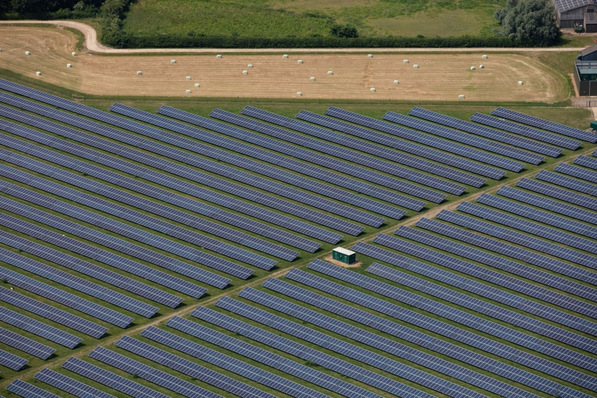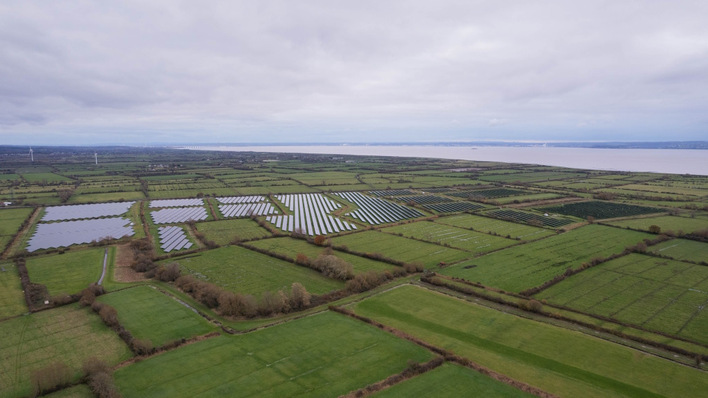According to the 1H 2021 U.S. Renewable Energy Market Outlook of BNEF, tax credits for both wind and solar will allow large-scale projects commissioning by the end of 2025 to offer lower costs to end users than those in the second half of the decade.
The U.S. is about to see five years of record large-scale solar capacity additions, adding over 20GW each year. Both large- and small-scale solar will grow during the years of tax credit extensions.
Over 8 GW yearly customer-sited solar
Over the coming decade customer-sited solar capacity maintains its pace, adding on average over 8GW a year. Over a third of all new systems are built in California. Storage becomes more relevant for project economics as net metering is phased out.
Onshore wind is set for another big year of build after a record beating 2020. Installs fall from 2022 as tax credits continue to be reduced. After tax credits are removed in 2026, build dips as projects rely only on the merchant market.
Additionally 287 GW solar and 115 GW wind by 2030
Offshore wind looks set to be the big winner of the Biden presidency. The administration seems committed to resolving longstanding permitting bottlenecks and the sector will enjoy a new dedicated tax credit. BNEF expects capacity additions from 2024.
Did you miss that? Solar industry applauds Biden administration
Tara Narayanan, lead U.S. solar analyst at BloombergNEF, commented: "Even without details from the American Jobs Plan, wind and solar capacity additions will steadily grow over the decade, adding 287GW of solar and 115GW of wind. Solar in particular will see record growth in the next four years, adding over 25GW each year across all sectors. However, more renewables will likely be needed to come close to the government's target of zero emissions by 2035.“
Decarbonization goals still not reached – crucial Clean Energy Standard
Tom Rowlands Rees, head of North America research at BloombergNEF, commented: "If the US is to achieve a carbon free grid by 2035 then it would need to at the very least add around 70GW of wind and solar a year from 2025 onwards - whereas our forecast sees an average of 43GW per year after 2025. So while we see significant progress for the sector, there is still a significant gap between our outlook and the administration's ambitions.

BloombergNEF
The American Jobs Plan also mentioned, in passing, a "Clean Energy Standard", which, if anything like the Renewable Portfolio Standards implemented by certain states, could close that gap. However, such a standard is likely to prove contentious politically and would face a difficult passage through Congress if proposed, and potentially legal challenges from states and utilities. Tax credits certainly help the renewables sector grow, but a Clean Energy Standard is the hill on which the battle to fully decarbonize the US power sector could be won or lost." (hcn)
Did you miss that? First Solar: 2.4 GW PV module order







